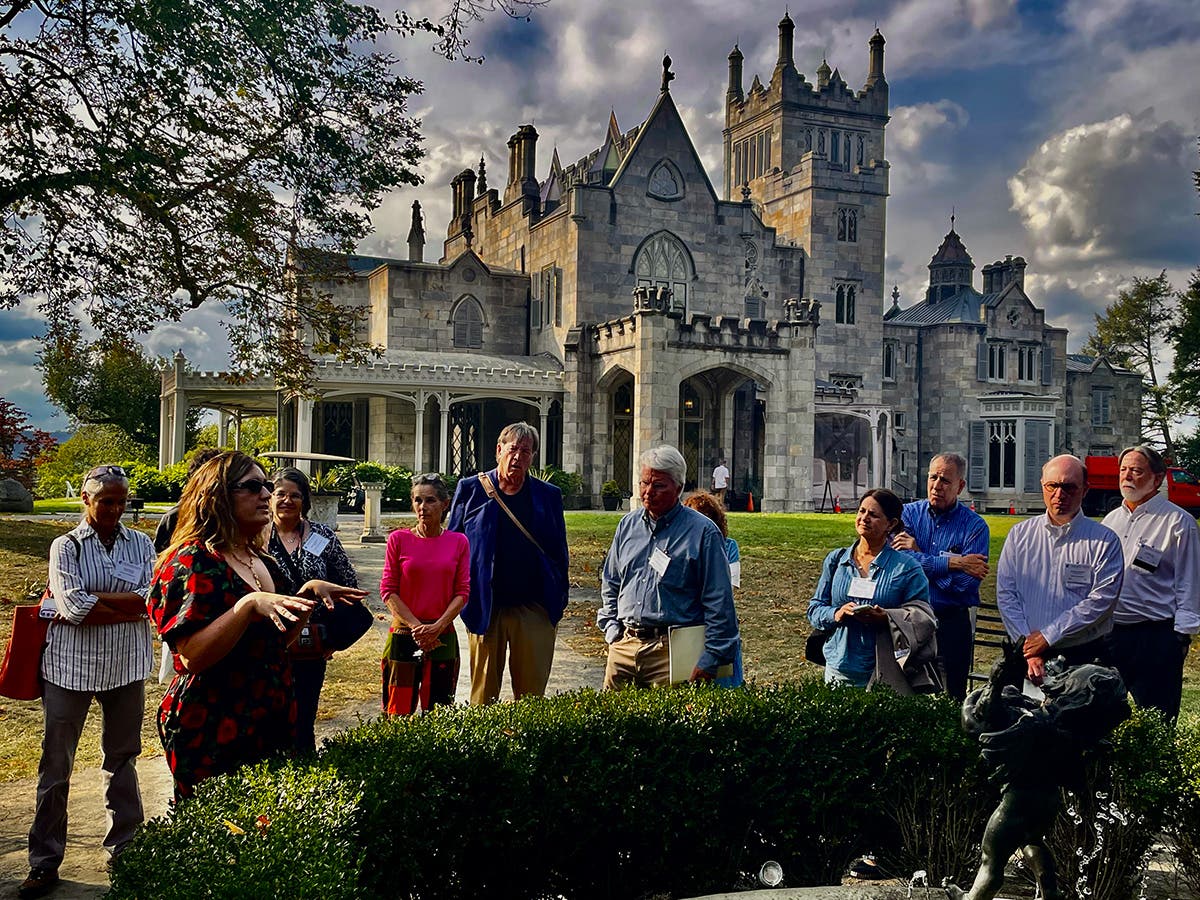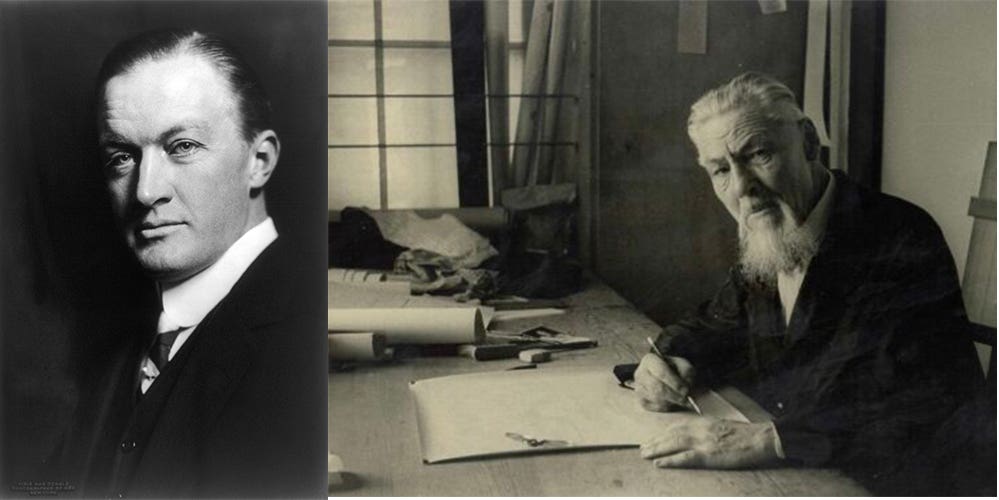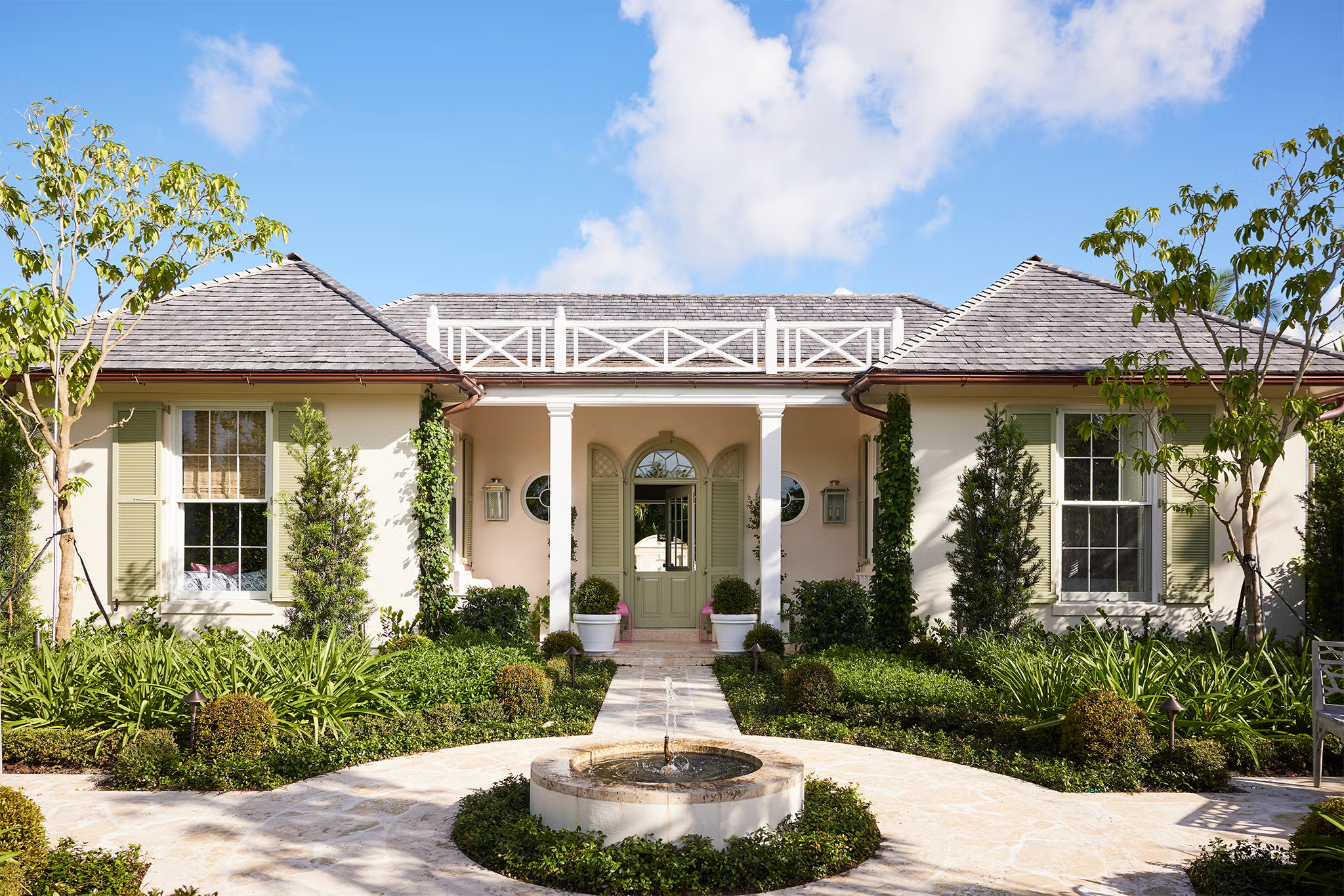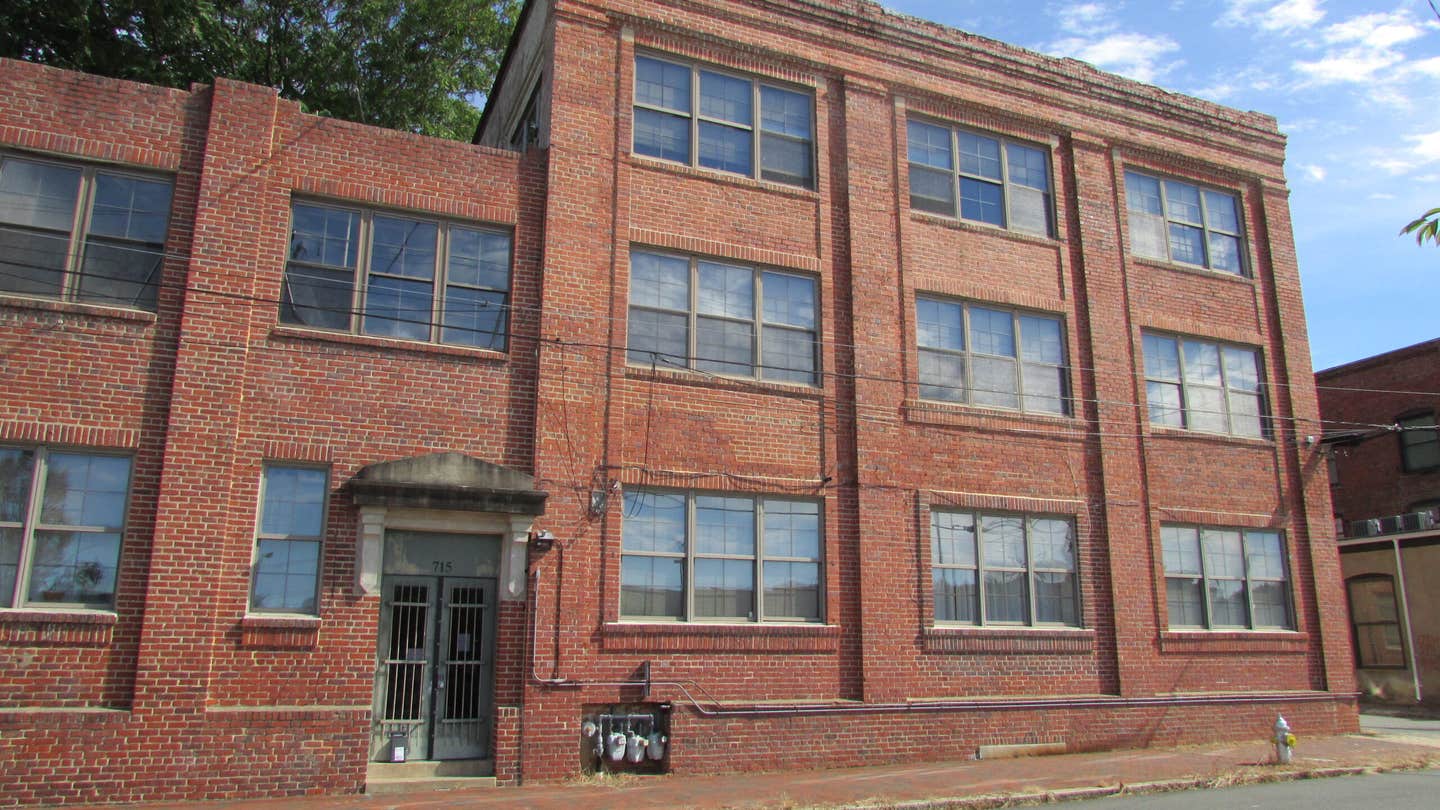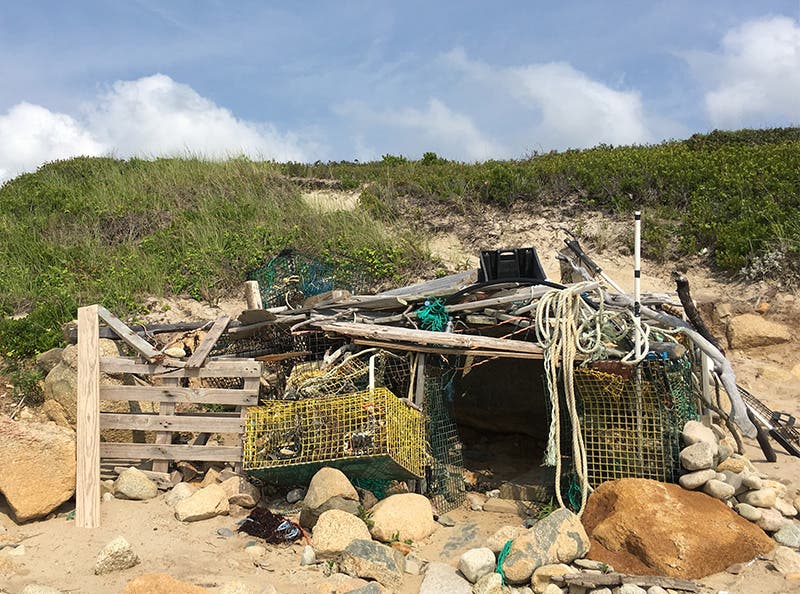
Peter Miller
Beach Hut Vacation Home
In the past 50 years, humans have consumed more raw material and created more waste than ALL the previous generations of human history. The Environmental Protection Agency ranks construction materials as number one in toxicity, followed by electric services and vehicle bodies. Full embarrassing disclosure: building materials and magazines are the two biggest things filling landfills. I am the purveyor of both.
Life Cycle Assessment keeps score of a building material’s economic AND environmental impact over time. Embodied energy and product durability are important to sustainability. This is organic sustainability, as opposed to “tech sustainability” like composite materials whose life cycle, in many cases, is as yet unknown. The reparability of materials is also a measure of sustainability because if we can repair it, we won’t just throw it away.
“Organic sustainability,” the simple, sensible things we can do to reduce our traditional building industry’s impact on the environment, was on my mind this summer, while vacationing at the beach.
Architecture is always on my mind, but on vacation, I have more time to stop, study, and snap a photo with my phone. For example, this beach hut stopped me in my bare footed tracks and made me think about “architecture of its place.”
We hear a lot about “architecture of its time.” But do we appreciate “architecture of its place.” This beach hut is definitely of its place, constructed with drift wood, fish nets, lobster traps and beach rocks. Every building material in this abode came from a 50 foot radius of its site, much of it washed ashore from the great landfill we call the ocean. There was no LEED plaque on this building but it could easily boast, “This building is made with 100% recycled material.”
Architecture of its place is contextual. Whether a driftwood shanty on the beach or a new stone addition to an existing 19th century Romanesque church, “contextual” is, or should be, the watch word for traditionalists. “Contextual,” avoids the us- versus- them style wars between modernism and classicism.
I showed my beach hut photo to some architect friends via LinkedIn and asked them to “name this building,” Manuel Mergal of Cooper Robertson and Partners answered, “Frank Gehry’s house in Santa Barbara.” Sara O’Neil-Manion , Principal at O’Neil-Manion Architects P.A. exclaimed,” “Looks like Sea Ranch architects, Charles Moore era.”
Like a bathing suit at a black tie ball, out- of- context architecture is not polite. I’m not sure if my beach hut is modern or traditional but it’s definitely contextual and best lived in while wearing a bathing suit.
Peter H. Miller, Hon. AIA, is the publisher and President of TRADITIONAL BUILDING, PERIOD HOMES and the Traditional Building Conference Series, and podcast host for Building Tradition, Active Interest Media's business to business media platform. AIM also publishes OLD HOUSE JOURNAL; NEW OLD HOUSE; FINE HOMEBUILDING; ARTS and CRAFTS HOMES; TIMBER HOME LIVING; ARTISAN HOMES; FINE GARDENING and HORTICULTURE. The Home Group integrated media portfolio serves over 50 million architects, builders, craftspeople, interior designers, building owners, homeowners and home buyers.
Pete lives in a classic Sears house, a Craftsman-style Four Square built in 1924, which he has lovingly restored over a period of 30 years. Resting on a bluff near the Potomac River in Washington, D.C., just four miles from the White House, Pete’s home is part of the Palisades neighborhood, which used to be a summer retreat for the District’s over-heated denizens.
Before joining Active Interest Media (AIM), Pete co-founded Restore Media in 2000 which was sold to AIM in 2012. Before this, Pete spent 17 years at trade publishing giant Hanley Wood, where he helped launch the Remodeling Show, the first trade conference and exhibition aimed at the business needs and interests of professional remodeling contractors. He was also publisher of Hanley Wood’s Remodeling, Custom Home, and Kitchen and Bath Showroom magazines and was the creator of Remodeling’s Big 50 Conference (now called the Leadership Conference).
Pete participates actively with the American Institute of Architects’ Historic Resources Committee and also serves as President of the Washington Mid Atlantic Chapter of the Institute of Classical Architecture & Art. He is a long-time member of the National Trust for Historic Preservation and an enthusiastic advocate for urbanism, the revitalization of historic neighborhoods and the benefits of sustainability, including the adaptive reuse of historic buildings.




